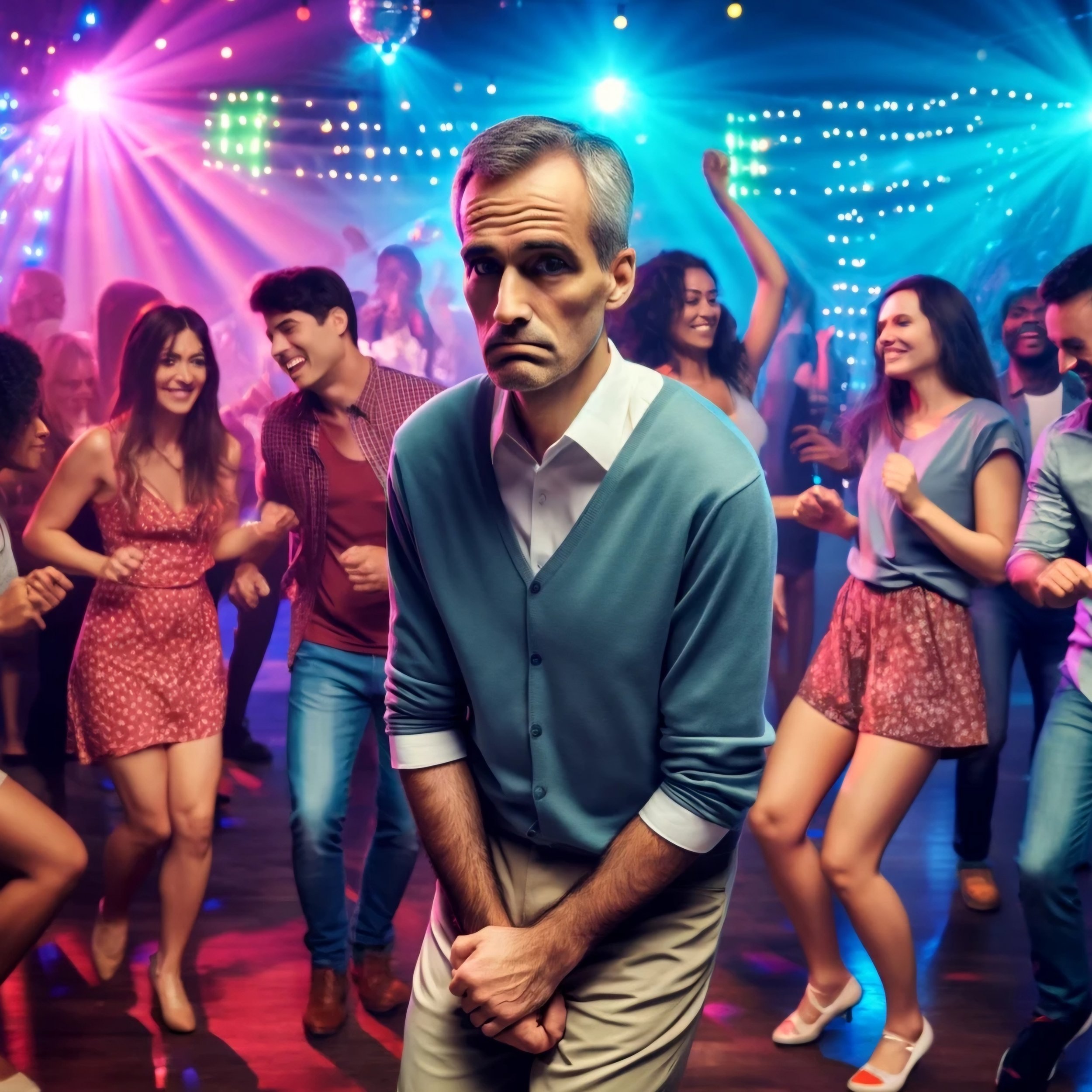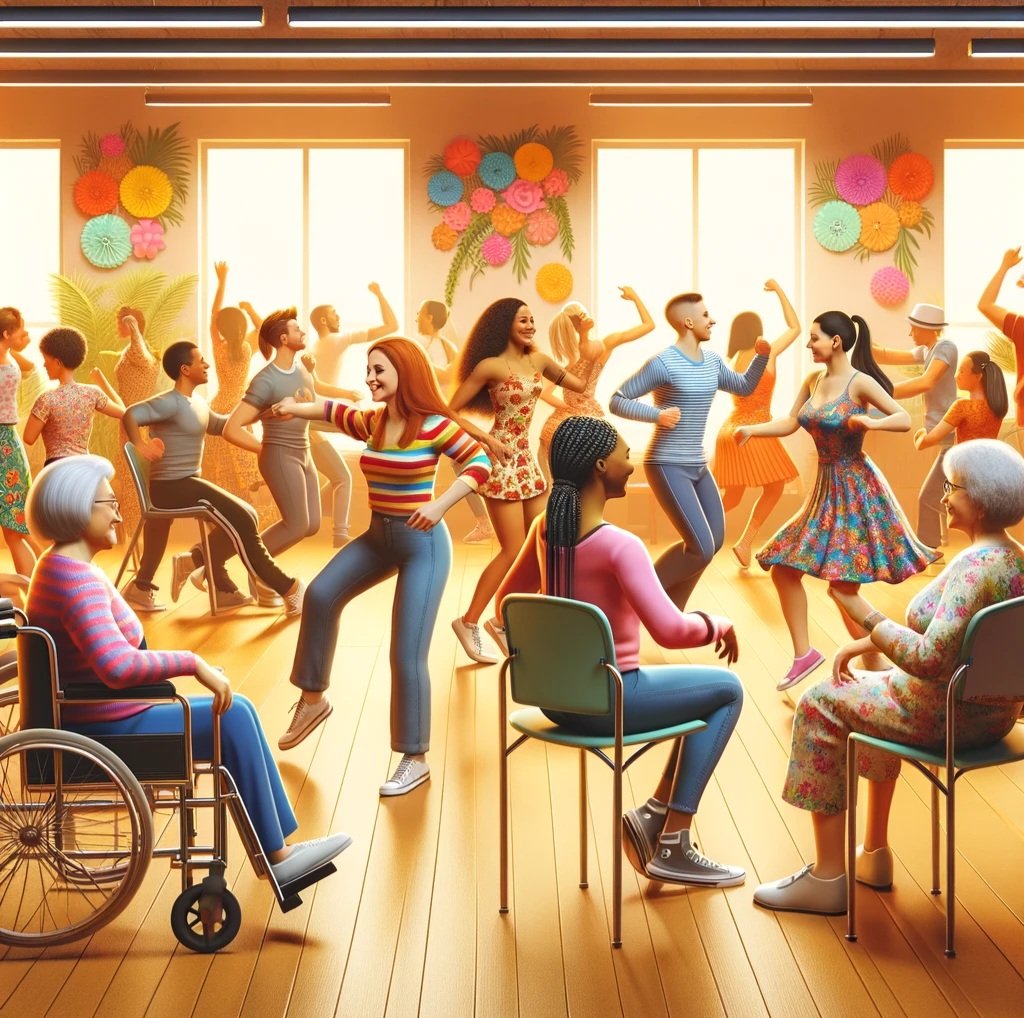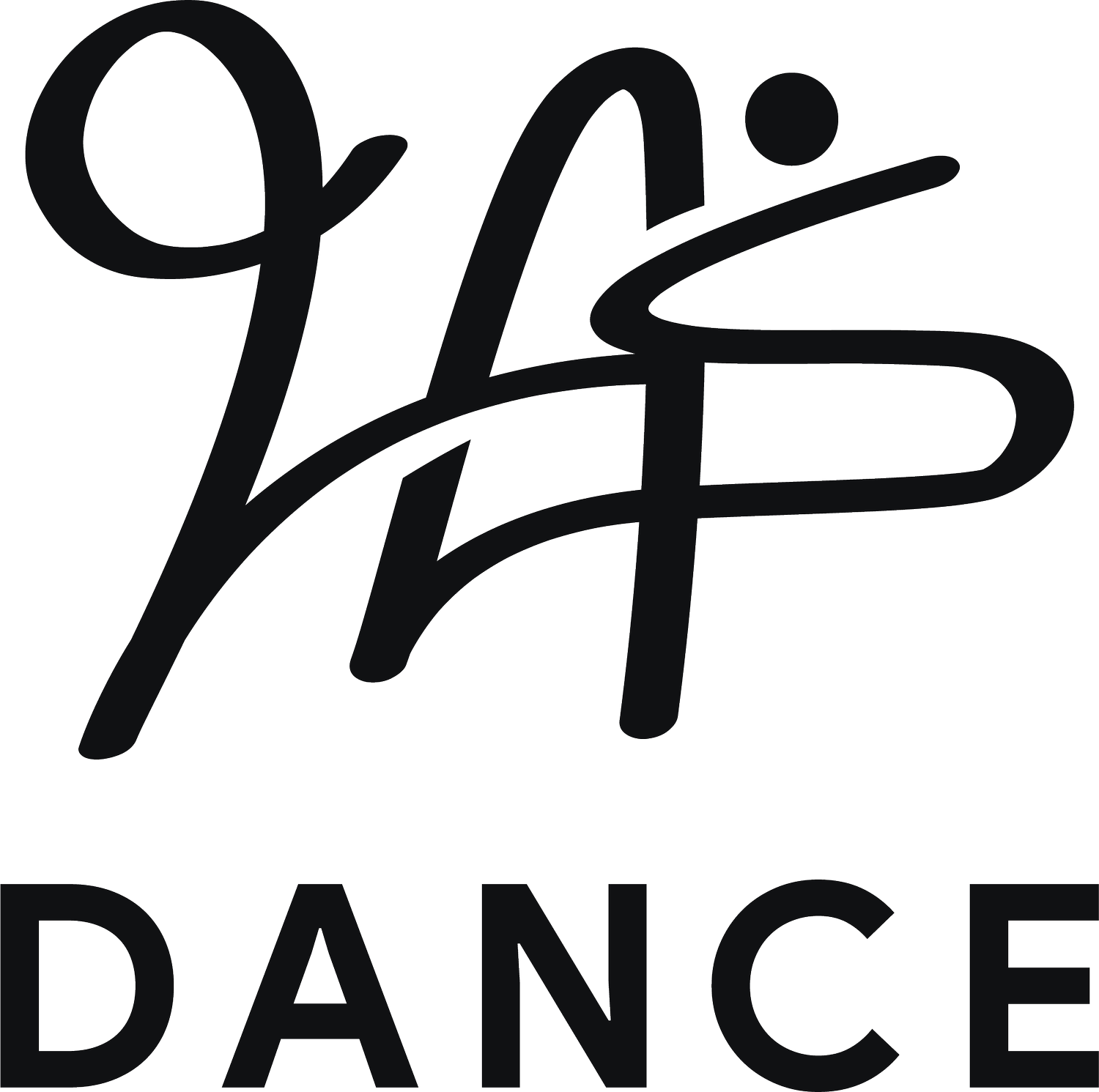
Overcoming the Fear of Judgment: Why It's Never Too Late to Start Dancing
The biggest hurdle most adults face when thinking about starting dance is the fear of judgment. This fear often stems from a belief that they are not good enough or that they will look foolish in front of others. It's a natural concern, especially in a culture that often glorifies youth and perfection. However, dance is not just for the young or the effortlessly coordinated; it's a form of expression open to anyone at any age.

Embracing Movement with Joint Considerations
Discover the inclusive world of dance, tailored for those with joint problems. From chair dancing to expressive styles like waacking and voguing, learn how dance can be a joyful, low-impact exercise that boosts both mental and physical health.

